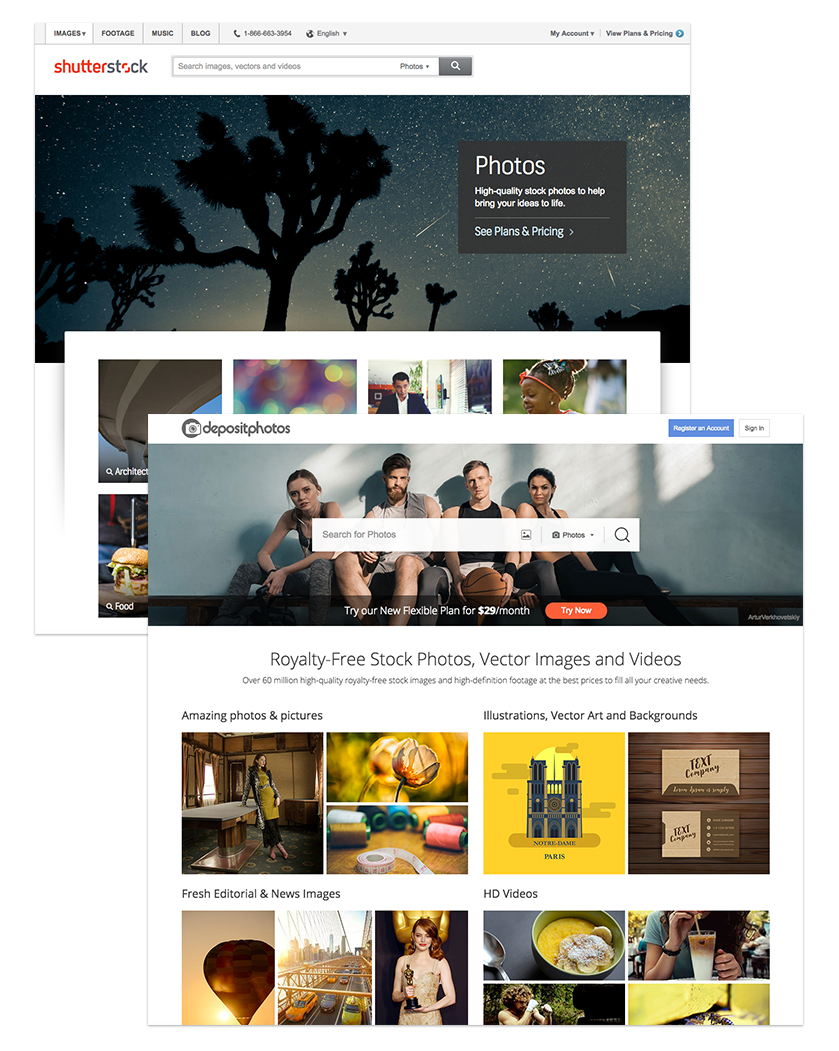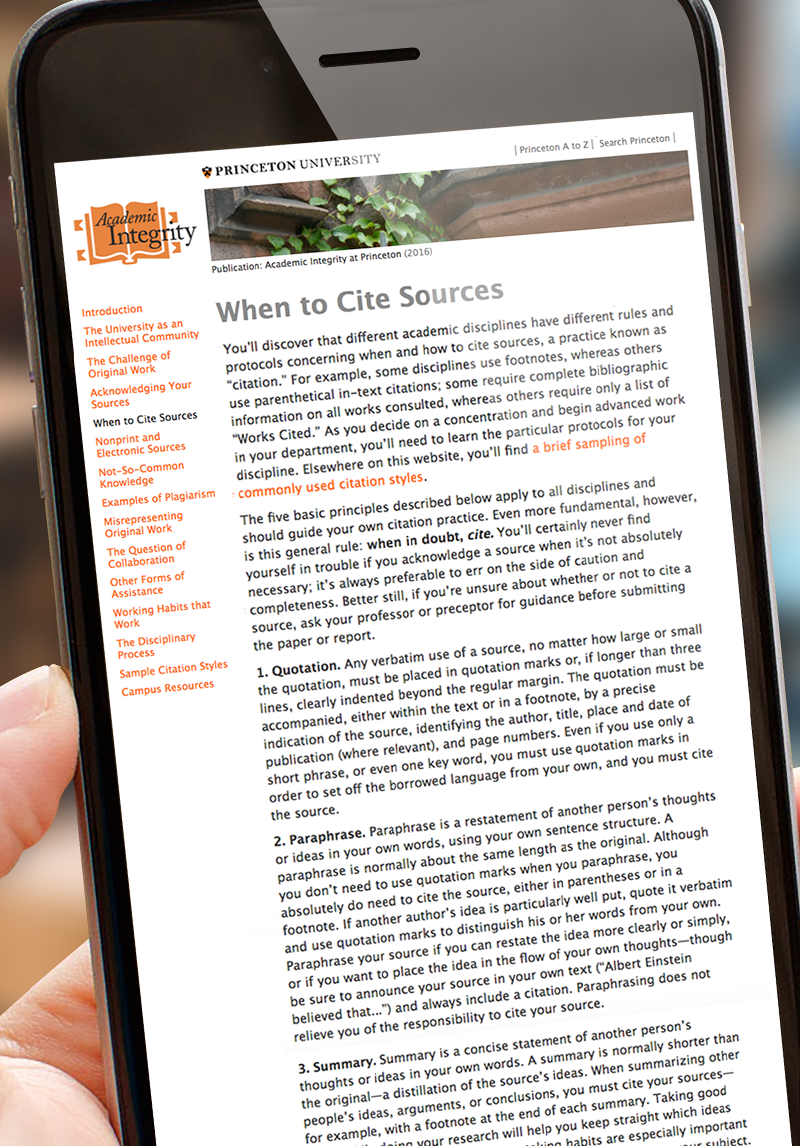You work hard to create original and compelling content and get it seen by others, and you’d never sit idly by and let someone else take credit for it. Don’t inadvertently do the same thing with other people’s hard work!
Every writer, editor and content marketer should know the rules of attribution. Avoid a plagiarism accusation and other problems in your content with the following guide.
Plagiarism vs. copyright infringement
Let’s cover the basics here. Plagiarism and copyright infringement are not the same thing. Plagiarism is when you take someone else’s ideas or words and try to pass them off as your own. Copyright infringement is when you use works protected by copyright law without permission.
Now, if you have the best idea for your next blog post, that doesn’t stop someone else from writing about the same topic. However, if someone took a long excerpt from your blog post or used your copyrighted image, they couldn’t just cite you as the source and call it a day. They would need to get your permission to use the excerpt or image (and most likely pay you for it) or risk getting sued for copyright infringement.
What do you need to do as a content creator?
I wish the answer were as simple as don’t plagiarize and cite your sources. But it’s not always that obvious. Princeton University breaks down when you need to cite sources. It’s a great resource to follow if you’re ever in doubt. Let’s explore its categories a little further.
Quotations: If you’re using someone else’s words, they need to be placed within quotation marks and cited. You also should include a link to the original source of the quote (use primary sources whenever possible).
- Paraphrasing: If you’re restating someone else’s thoughts or ideas, you need to give them credit and not present them as your own. Even if you explain it in your own words, it was not your original idea so you shouldn’t take credit for it. A good example of this is if you’re describing a unique DIY project you found on another blog.
- Facts and data: Cite your source for statistics, data, study or poll results, or other pieces of information. For example, 198 million people use active ad blockers around the world, according to PageFair. However, you do not need to cite facts that are common knowledge (more on this in the next section).
- Supplementary information: This is one of the most common instances when you need to cite your sources as a content marketer. You have to convey your message quickly and succinctly, so you don’t have a lot of room to expand on in-depth studies or step-by-step processes. Instead, direct your readers to the source of the information with a citation and link to where they can get more information.
What about common knowledge?
This is where the matter gets a little trickier. If a fact is well-known or generally accepted, you do not need to cite your source. Chances are they were not the original authors of that fact anyway.
One of the most common examples I see of writers citing common knowledge is: “Businesses are rapidly adopting cloud computing.” You don’t need to tell readers that you saw this on Entrepreneur or Forbes, because almost every business blog is reporting this generally accepted statement and, they are not referring to a specific study they conducted. However, if you write, “Thirty-one percent of enterprises are using the private cloud,” you would need to cite RightScale as your source. The difference is that RightScale is the originator of this fact and is not making a generic statement.
If you’re having trouble deciphering if something is common knowledge or not, it is always a good idea to cite your source. It is better (and safer) to over-attribute than under-attribute.
How do you deal with images and creative?
One of the biggest offenders of copyright infringement on blogs is the illegal use of images. You cannot use someone else’s image without their permission. This means you can’t use images found on Google or from a website and link back to them. Even if you credit the creator and link to the original source, you are still in violation of their copyright.
You put your company or website at risk of receiving a DMCA takedown notice or much worse if you steal someone else’s creative work. DMCA stands for Digital Millennium Copyright Act and covers the rights of owners of copyrighted material as well as the obligations of ISPs who may be posting infringing material. DMCA.com and copyright.gov provide more information on this topic.

- Create your own. If you have the resources, take your own photos and create your own visual content. Your readers will love the extra work you put in and you will own the copyright, so you don’t have to worry about legal issues.
- Use stock photo sites. Shutterstock is a great site peddling copyright-free images. You also can find Creative Commons images that are in the public domain. You need to properly credit the creator and abide by any restrictions that may be on the image, such as only displaying it for editorial use.
As a content marketer, you must take the rules of attribution seriously. Your writers, editors, photographers, designers and anyone else dealing with your content need to know when to properly attribute their sources and when they need permission from the original creator. It is worth it to take the extra time to find the original source, over credit if in doubt and create your own product if necessary.
 Quotations: If you’re using someone else’s words, they need to be placed within quotation marks and cited. You also should include a link to the original source of the quote (use
Quotations: If you’re using someone else’s words, they need to be placed within quotation marks and cited. You also should include a link to the original source of the quote (use 


